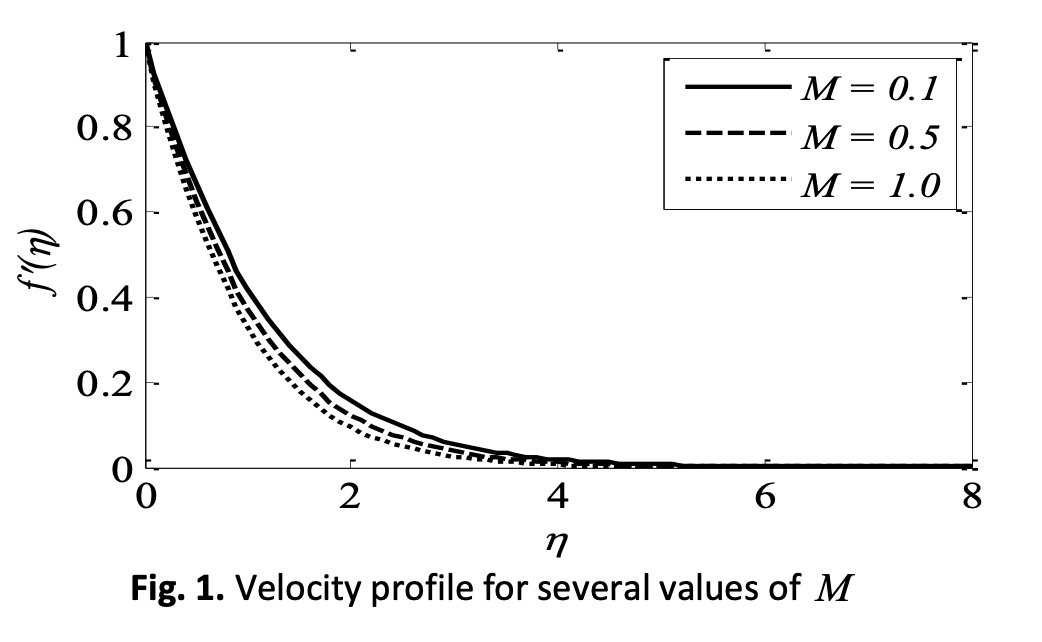Numerical Computation of Radiative MHD Micropolar Nanofluid Flow over a Stretching Sheet with First Order Chemical Reaction and Soret Effects
DOI:
https://doi.org/10.37934/arfmts.108.2.7797Keywords:
Chemical reaction, Soret effect, micropolar nanofluidAbstract
The outcomes of the current study may have broad applications in contemporary industrial technologies, including those involved in blood transportation, lubrication, rigid and random cooling particles of metallic sheets, etc. New studies have shown that the thermal conductivity of a nanofluid is triggered by Brownian motion and thermophoretic collisions. Primary research interests include the effects of chemical reaction, radiation, and the Soret effect on micropolar nanofluids along an inclined stretched sheet. Effects of thermophoresis and Brownian motion is considered and the Buongiorno's model is taken into account. To get the nonlinear ordinary differential equation from the PDEs, compatible transformations are used. Mathematica's NDSolve technique is implemented to do a numerical treatment of the dimensionless equations once they have been translated. The upsides of this strategy lie in its ability to automatically track errors and select the best algorithm. Graphical and numerical treatments of the physical quantities of interest are provided. The tabulated magnitudes of the numerical outputs compare well with those that currently exist. Graphs showing the energy transfer rate as a function of the many contributing factors. As the Brownian motion factor increases, the skin friction and the mass transfer rate upsurge and the rate at which energy may be transported climbs. As the angle of incidence increases, skin friction rises while the Nusselt number and Sherwood number fall. Velocity profile rises with the material parameter. Radiation parameter tends to rise the temperature.
Downloads
































